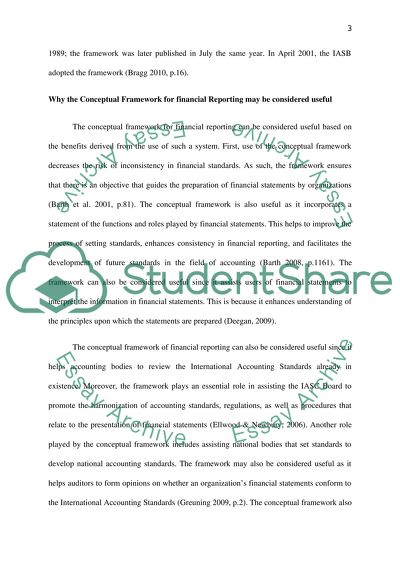Cite this document
(“Conceptual framework for financial reporting Essay”, n.d.)
Retrieved from https://studentshare.org/finance-accounting/1458229-conceptual-framework-for-financial-reporting
Retrieved from https://studentshare.org/finance-accounting/1458229-conceptual-framework-for-financial-reporting
(Conceptual Framework for Financial Reporting Essay)
https://studentshare.org/finance-accounting/1458229-conceptual-framework-for-financial-reporting.
https://studentshare.org/finance-accounting/1458229-conceptual-framework-for-financial-reporting.
“Conceptual Framework for Financial Reporting Essay”, n.d. https://studentshare.org/finance-accounting/1458229-conceptual-framework-for-financial-reporting.


